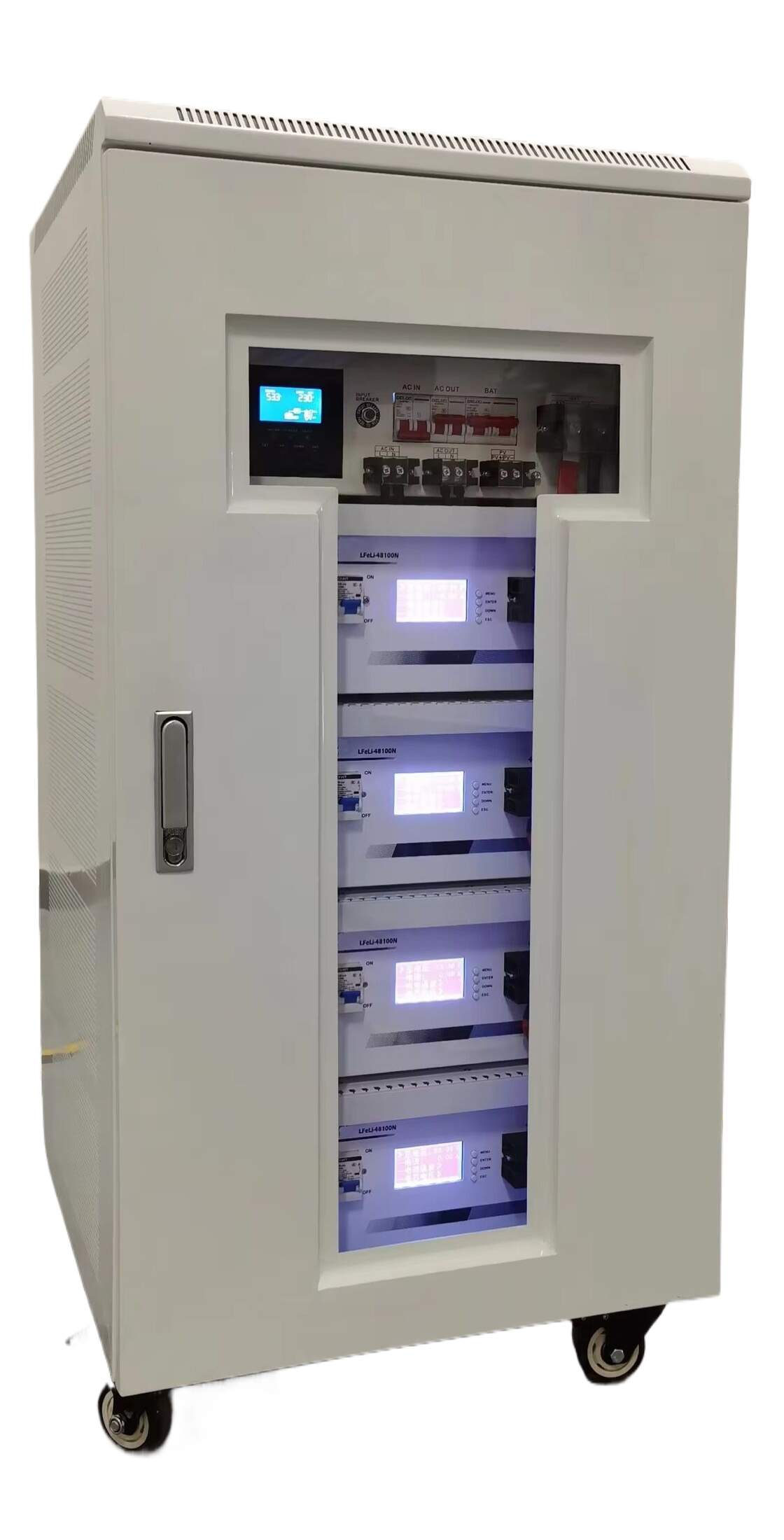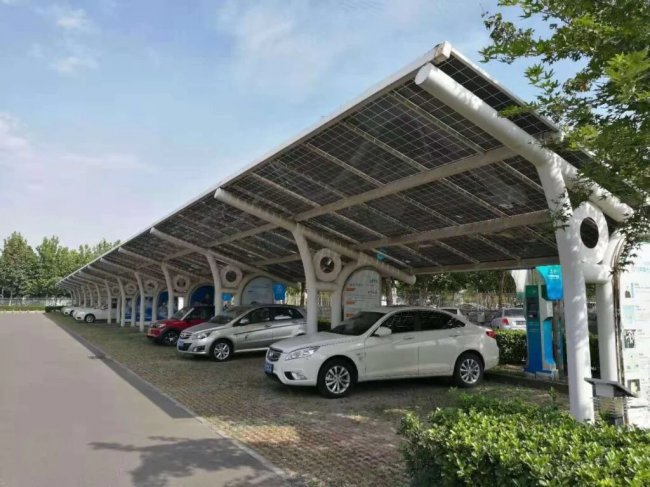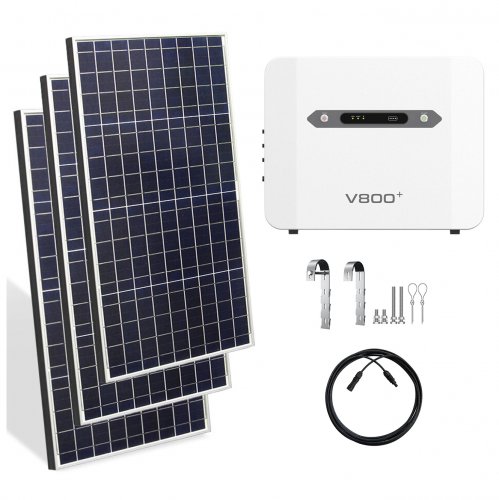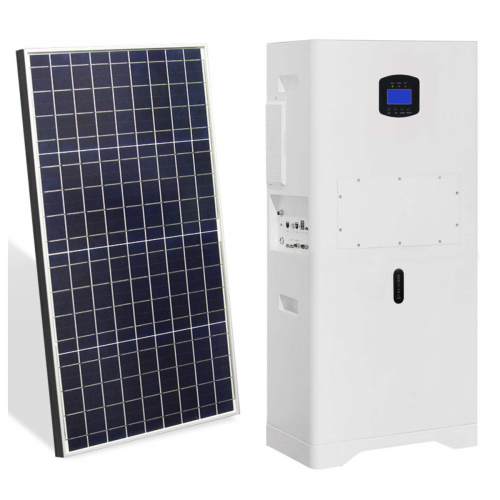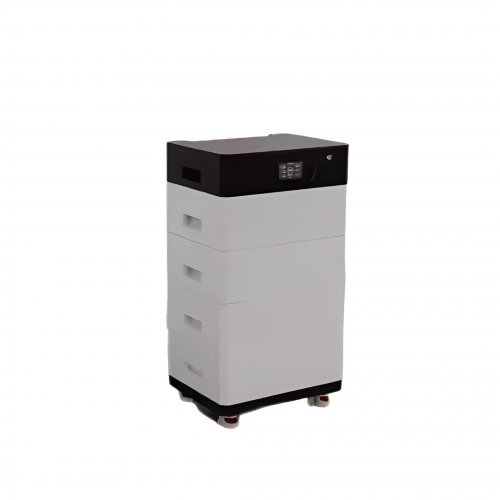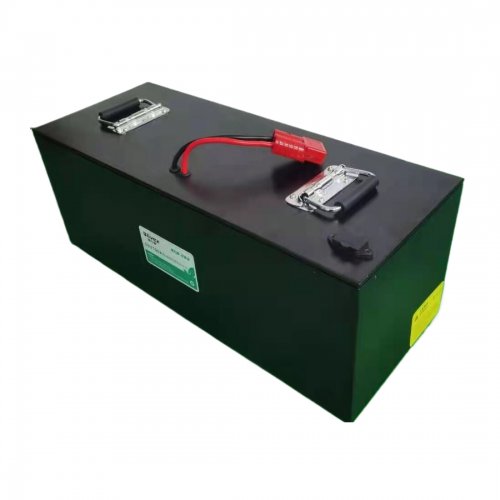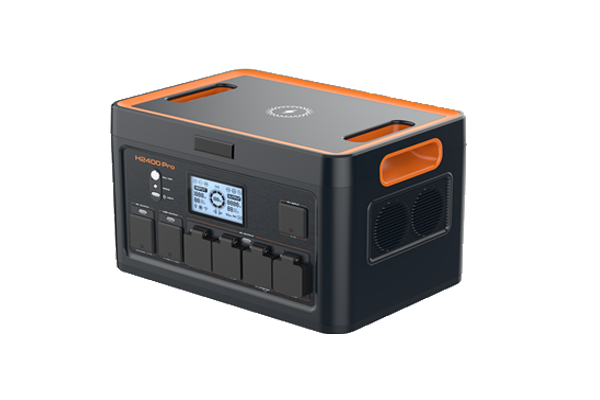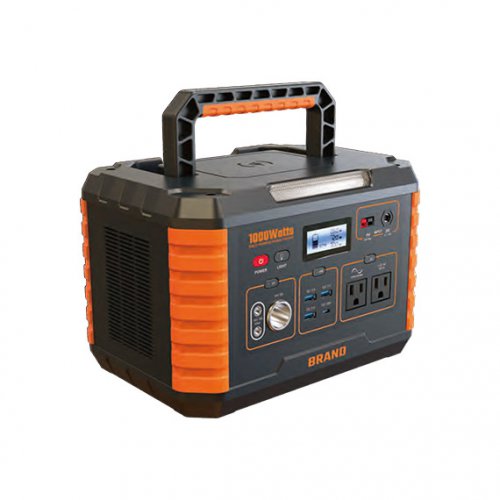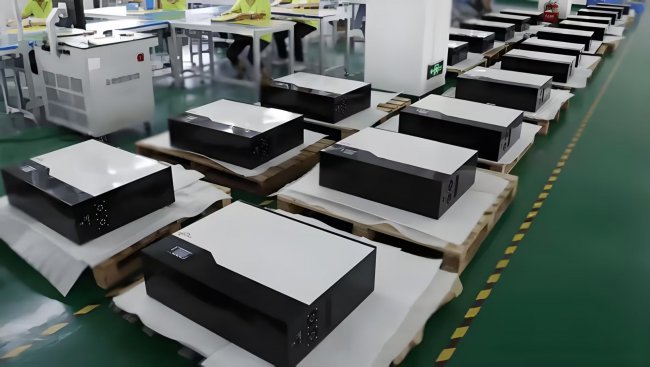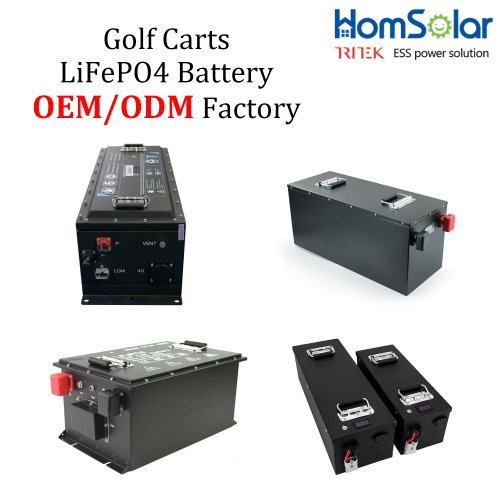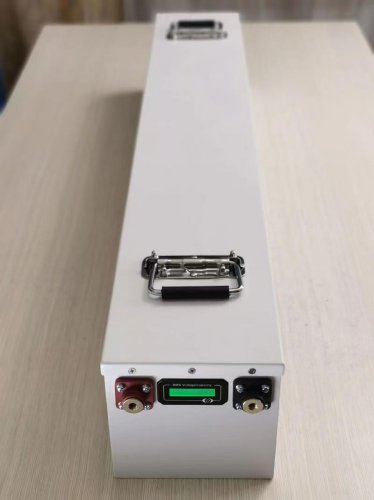Advances In Composite Materials: From Nano-engineering To Sustainable Multifunctionality
The field of composite materials, long defined by the synergistic combination of two or more distinct phases to create a material superior to its individual components, is undergoing a profound transformation. Moving beyond traditional fibreglass and carbon fibre-reinforced polymers (CFRPs), contemporary research is pushing the boundaries at the nanoscale, introducing unprecedented functionalities, and embracing the imperative of sustainability. This article explores the latest research advancements, key technological breakthroughs, and the compelling future directions that are redefining what is possible with engineered materials.
Nanoscale Engineering and Multifunctional Composites
A dominant trend in recent years is the meticulous engineering of composites at the nanometer level. The integration of nanofillers such as graphene, carbon nanotubes (CNTs), and cellulose nanocrystals (CNCs) into polymer matrices has unlocked a new era of multifunctionality. These materials are no longer designed solely for structural performance; they are now engineered to sense, actuate, self-heal, and manage energy.
A significant breakthrough has been the development of self-sensing composites. By dispersing conductive CNTs or graphene platelets within an insulating polymer matrix, researchers have created materials that can detect internal damage. When the material is strained or develops micro-cracks, the conductive network is altered, leading to a measurable change in electrical resistance. This allows for real-time structural health monitoring (SHM) without the need for embedded or surface-mounted sensors. A study by Kumar et al. (2022) demonstrated a CFRP with a graphene-doped interlayer that could accurately pinpoint and quantify impact damage, a critical capability for aerospace and civil infrastructure applications.
Parallel to self-sensing is the rapid advancement in self-healing composites. Early systems relied on encapsulated liquid healing agents (e.g., dicyclopentadiene) that would rupture upon crack formation and polymerize upon contact with a catalyst. The latest research, however, focuses on intrinsic healing mechanisms using reversible chemistry, such as Diels-Alder reactions or hydrogen bonding networks. For instance, a recent publication by Li et al. (2023) detailed a carbon fibre-epoxy composite vitrimer that can be thermally remoulded and repaired multiple times, significantly extending the service life of high-performance components and reducing waste.
Furthermore, the integration of phase change materials (PCMs) and thermoelectric particles has given rise to composites for energy storage and management. Microencapsulated PCMs embedded in building materials can regulate indoor temperatures by absorbing and releasing thermal energy, while composites containing bismuth telluride can convert waste heat into usable electricity, opening avenues for energy-autonomous systems in vehicles and electronics.
Advanced Manufacturing and Process Control
The promise of these advanced materials cannot be realized without parallel innovations in manufacturing. Additive manufacturing (AM), or 3D printing, of composites has evolved from a prototyping tool to a viable production method for complex, tailored structures. Continuous fibre fabrication (CFF) techniques now allow for the deposition of continuous carbon or glass fibres within a thermoplastic matrix, creating parts with strength-to-weight ratios approaching those of traditionally manufactured composites, but with unparalleled geometric freedom.
A critical area of progress is in-process monitoring and control. Techniques such as in-situ dielectric cure monitoring and optical fibre Bragg grating sensors are being deployed during autoclave and out-of-autoclave (OoA) processes. These systems provide real-time data on resin viscosity, degree of cure, and internal strain, enabling the creation of digital twins. By correlating the manufacturing process parameters with the final material performance, engineers can optimize cure cycles dynamically, minimizing residual stresses and voids to achieve parts with consistently high quality and reduced scrap rates (Fernandez et al., 2023).
The Sustainability Imperative: Bio-based and Recyclable Composites
Perhaps the most significant shift in the composite materials landscape is the intense focus on sustainability. The environmental burden of end-of-life CFRPs, which are notoriously difficult to recycle, has spurred global research into greener alternatives.
The development of bio-derived composites has seen remarkable progress. While natural fibres like flax and hemp have been used for some time, the real excitement lies in high-performance bio-polymers and bio-resins. Polylactic acid (PLA) reinforced with natural fibres is well-established, but newer entrants like epoxidized soybean oil and furan-based resins derived from agricultural waste are offering viable, partially bio-based alternatives to petroleum-derived epoxies. Research is focused on improving their thermal stability and mechanical properties to meet the demands of semi-structural applications.
Simultaneously, the concept of recyclability by design is gaining traction. Two prominent approaches are showing great promise: 1. Thermoplastic Matrices: The inherent recyclability of thermoplastics like Polyether Ether Ketone (PEEK) and Polyamide (PA) is driving their adoption in high-performance sectors. These materials can be melted and reprocessed, offering a straightforward path to recycling. 2. Vitrimers: As mentioned earlier, these novel polymers bridge the gap between thermosets and thermoplastics. They possess the mechanical strength and chemical resistance of traditional thermosets but can flow and be reshaped when heated due to exchangeable covalent bonds. This makes them fundamentally recyclable, a property that was previously unattainable with standard epoxy resins (Montarnal et al., 2021).
Moreover, chemical recycling processes are being refined to recover high-value carbon fibres from thermoset composites. Methods using supercritical fluids or catalytic solvents are showing success in breaking down the polymer matrix without degrading the fibres, allowing them to be reused in new composite formulations, thus closing the material loop.
Future Outlook and Challenges
The future of composite materials is intelligent, sustainable, and highly integrated. We are moving towards "smart structures" that are not merely passive load-bearers but active systems capable of self-diagnosis, self-repair, and energy harvesting. The convergence of composite technology with fields like artificial intelligence will further accelerate discovery; machine learning algorithms are already being used to design novel microarchitectured composites and optimize manufacturing parameters in ways that exceed human intuition.
Key challenges remain. The scalable and cost-effective dispersion of nanofillers without agglomeration is still a hurdle. The long-term durability and performance of bio-based composites and vitrimers in harsh environments need thorough validation. Finally, establishing robust, economically viable supply chains and recycling infrastructures for next-generation composites is essential for their widespread adoption.
In conclusion, the field of composite materials is more dynamic than ever. By mastering the nanoscale, embracing advanced manufacturing, and placing sustainability at its core, research is paving the way for a new generation of materials that will be integral to solving some of the world's most pressing engineering challenges, from lightweight electric vehicles and resilient infrastructure to a circular economy.
References:Fernandez, I., Wang, Y., & Zobeiry, N. (2023). Digital Twins for Composites Manufacturing: A Review of In-Situ Sensing and Process Modeling.Composites Part A: Applied Science and Manufacturing, 165, 107321.Kumar, V., Li, S., & Yokozeki, T. (2022). In-situ damage detection in carbon fibre composites using a graphene nano-platelet network.Composites Science and Technology, 220, 109275.Li, H., Zhang, Z., & Wang, J. (2023). Reprocessable and Self-Healing Carbon Fibre-Vitrimer Composites with Enhanced Interfacial Bonding.Advanced Materials, 35(15), 2208301.Montarnal, D., Capelot, M., Tournilhac, F., & Leibler, L. (2021). Silica-Like Malleable Materials from Permanent Organic Networks.Science, 334(6058), 965-968. (Seminal work on vitrimers).
Customized/OEM/ODM Service
HomSolar Supports Lifepo4 battery pack customization/OEM/ODM service, welcome to contact us and tell us your needs.


HomSolar: Your One-stop LiFePO4 Battery Pack & ESS Solution Manufacturer
Our line of LiFePO4 (LFP) batteries offer a solution to demanding applications that require a lighter weight, longer life, and higher capacity battery. Features include advanced battery management systems (BMS), Bluetooth® communication and active intelligent monitoring.

Customised Lithium Iron Phosphate Battery Casing
ABS plastic housing, aluminium housing, stainless steel housing and iron housing are available, and can also be designed and customised according to your needs.

HomSolar Smart BMS
Intelligent Battery Management System for HomSolar Energy Storage System. Bluetooth, temperature sensor, LCD display, CAN interface, UART interface also available.


Terminals & Plugs Can Be Customized
A wide range of terminals and plugs can be customised to suit the application needs of your battery products.

Well-designed Solutions for Energy Storage Systems
We will design the perfect energy storage system solution according to your needs, so that you can easily solve the specific industry applications of battery products.



About Our Battery Cells
Our energy storage system products use brand new grade A LiFePO4 cells with a battery lifespan of more than 4,000 charge/discharge cycles.



Applications in Different Industries
We supply customized & OEM battery pack, assemble cells with wiring, fuse and plastic cover, all the cell wires connected to PCB plug or built BMS.
Applications: E-bike, Electric Scooter, Golf Carts, RV, Electric Wheelchair, Electric Tools, Robot Cleaner, Robot Sweeper, Solar Energy Storage System, Emergency Light, Solar Power Light, Medical Equipment, UPS Backup Power Supply.
We can provide you with customized services. We have the ability to provide a vertical supply chain, from single cells to pack/module and to a complete power solution with BMS, etc.


HomSolar (Shenzhen) Technology Co., Ltd







